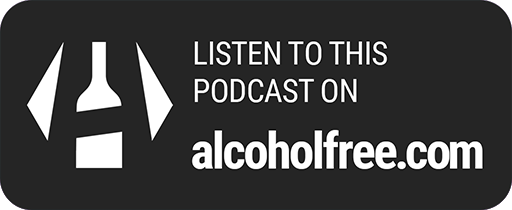American Society of Addiction Medicine

American Society of Addiction Medicine
Lead Story: A neuromarker for drug and food craving distinguishes drug users from non-users
Lead Story: A neuromarker for drug and food craving distinguishes drug users from non-users
Lead Story: A neuromarker for drug and food craving distinguishes drug users from non-users
Tuesday 10th January 2023
Learn about a neuromarker that identifies drug users by their brain patterns and more in this episode of 'Addiction Medicine Unpacked'.
7 minutes
Informative
Empowering
Hopeful
Educational
Thought-provoking
About this podcast
Author:
American Society of Addiction Medicine
Overview:
Categories:
Innovative Treatments & Recovery Paths
Navigating Alcohol Dependency
Family Recovery from Addiction
Nutritional Pathways to Recovery
Navigating Intimate Relationships
Links:
Visit site
Episodes:
184 (View all)

Do you want to link to this podcast?
Get the buttons here!Brain Patterns: How Cravings Differentiate Drug Users from Non-Users
The Neurobiological Craving Signature has promise for diagnosing substance use disorder as well as measuring responses to treatment.
Ever wondered if there's a way to see how cravings for drugs and food light up the brain? This episode of 'Addiction Medicine Unpacked' from ASAM dives into groundbreaking research that uses functional MRI and machine learning to identify a neuromarker called the Neurobiological Craving Signature (NCS). This NCS can distinguish between drug users and non-users with an impressive 82% accuracy.
Whether it's cravings for drugs like cocaine, alcohol, or even just palatable foods, this episode reveals how similar these brain patterns are. It's a fascinating look at how our brains react to different types of cravings and what this could mean for diagnosing substance use disorders and measuring treatment responses. But that's not all. The episode also covers a variety of other intriguing topics in addiction medicine.
You'll hear about the impact of white matter tracts on heroin addiction, the effects of buprenorphine on opioid cravings, and the consequences of in-utero exposure to cannabinoids. It doesn't stop there - the discussion extends to COVID-19's link with endocarditis in patients using opioids or stimulants, the mortality risk following non-fatal injuries involving alcohol use disorder, and even the unintended effects of e-cigarette taxes on youth tobacco use.
For anyone touched by addiction or working in the field, this episode is packed with valuable insights and current research findings. Tune in for an engaging mix of science and real-world implications that could change how we understand and treat addiction.
